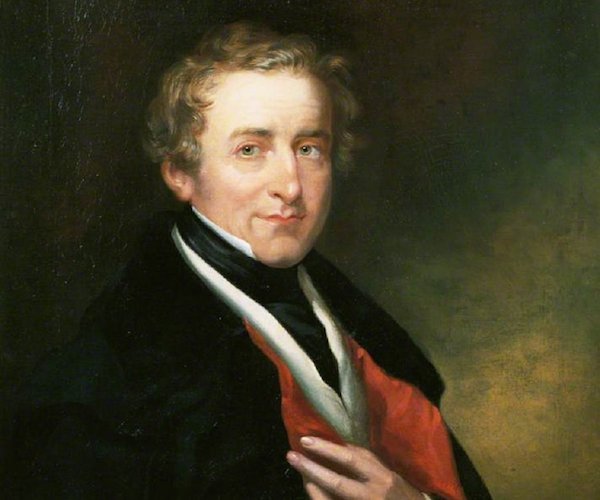I recently heard some interesting quotes about policing. Such as: “The police are the public, and the public are the police.” Interesting stuff that had me seek out their source, Sir Robert Peel.
If you’ve never heard of him, Peel was the Prime Minister of England from 1841 – 1846. In the 1820s he brought about many reforms in police and established the Metropolitan Police Force (AKA, “The Met”) in 1829. Reading through his nine Peelian Principles, as they’re called, I was struck at the relevance they still hold today for all of us.

A wise person once said, “To read a great new idea, read a very old book.”
What struck me as I read through these was the emphasis on the need for cooperation from both the public and the police. More importantly, the underlying concept he alludes to constantly—but never states explicitly—is something profound and sorely needed between police and the public today: trust.
Without trust the Peelian Principles have no foundation. He mentions “cooperation” three times, “force” four times, and even “friendly good humor” once. But the terms “apprehension,” “arrest,” “citation,” “quota,” and “minimum activity requirement” never once appear.
His first point of ethical police work: “To prevent crime and disorder, as an alternative to their repression by military force and severity of legal punishment.” The question is: How do we measure something that doesn’t happen?
21st Century Policing Metrics
The definition of a successful officer, department, and/or program is all about “metrics.” As they say, “If you can measure it, you can manage it!” I’ve heard this countless times. We all appreciate the need for accurate stats and good data so we can accurately measure what’s going on and identify problems and trends that need to be fixed. That all sounds good, but let me ask you how this: How do you measure trust?
Is your department trusted by the public? Is there trust internally in your department? Does the department trust the leadership, both police and elected?
We can certainly measure other facets of these relationships that could be clues as to the levels of trust. For example, how often are crimes reported by the public vs. how often does the Shotspotter report a crime?
Now let’s look internally.
How often do officers present new ideas to leadership? (Remember: High-trust environments foster creativity; low-trust environments breeds check-box compliance and nothing more.)
How often does leadership say “yes” to good ideas? (For some other ideas on what a high trust organization might look like, check this out.)
When you look at levels of public trust in the police, it seems that we are least trusted where we are most needed. That is, the most dangerous neighborhoods are often the most antagonistic their police. And yet we, as police officers, tend to focus on metrics such as arrests and crimes committed—regardless of the larger context. Don’t get me wrong: As a former motor officer I love my DUIs and suspended license stats. Good stuff! What I’m concerned about is when we define the number of arrests as success.
We need to change the definition of success. For 2017, I would challenge you with the new formula for success.
TRUST = SUCCESS
Use of force is merely the issue grabbing headlines and sowing the seeds of distrust. That’s not the real story. The real story is and has been about trust.
So how are you going to build it? How do you measure it? Can you measure it?
I don’t want to alleviate anyone from this challenge.
Clearly trust goes both ways, and it’s imperative for leadership to build downwards. But when you’re on patrol next, or responding to your next interview as a detective, what can you do as a lowly officer or detective to build trust upward with your chain of command?
Maybe doing what you say? Getting that project taken care of that you said you would six months ago, and now you’re hoping no one has noticed? Bringing solutions along with problems to your boss, and doing it in a way that doesn’t suggest that he or she is stupid?
But how do we build trust in the communities we serve?
This is a challenge because, regardless of what residents might feel based on their own experiences with local officers, there are widespread media and social media narratives to contend with. The malfeasance of one rogue officer affects us all. But we can—and must—do more to build trust and not just fight crime: Get to know the communities we serve, understand the internal dynamics, come to know the informal leaders, and, above all, be respectful, decisive, and fair.
Conclusion
I think this is something we can all do, effectively, if we put some thought in to it. Sadly, many of us haven’t thought about it, and it shows.
This year, make trust happen. I dare you.










0 Comments